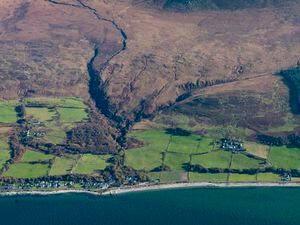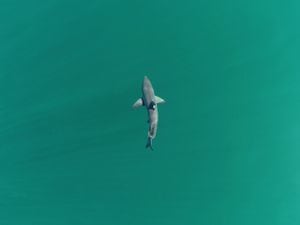Technology uncovers hundreds of ancient sites on Scottish island
The airborne laser scanning project has found around 1,000 previously unknown sites on Arran.

Airborne laser scanning has revealed around 1,000 previously unknown archaeological sites on a Scottish island.
The survey of Arran – which recorded the surface of the island in 3D – is the largest of its type so far in Scotland and has detected the remains of ancient monuments which researchers said may otherwise never have been found.
Among the new sites discovered is a Neolithic cursus monument, prehistoric settlements and medieval farmsteads.

Archaeologists at Historic Environment Scotland (HES) carried out the project using airborne laser scanning, also known as lidar.
Dave Cowley, HES rapid archaeological mapping manager, said: “This survey has shown us that there are double the number of ancient monuments on Arran than we previously knew about.
“This new 3D technology has allowed us to undertake a rapid archaeological survey, over weeks rather than months or years, and allowed us to discover sites that might even have been impossible to find otherwise.”

Mr Cowley added: “We have been able to see how densely settled parts of Arran were, and the medieval and post-medieval shieling sites that were discovered have told us how upland areas were used by shepherds.”
He said the Arran project is “just a first step”, adding: “As this technology become more widely available, we expect to find tens of thousands more ancient sites across the rest of Scotland – working at a pace that was unimaginable a few years ago.”





